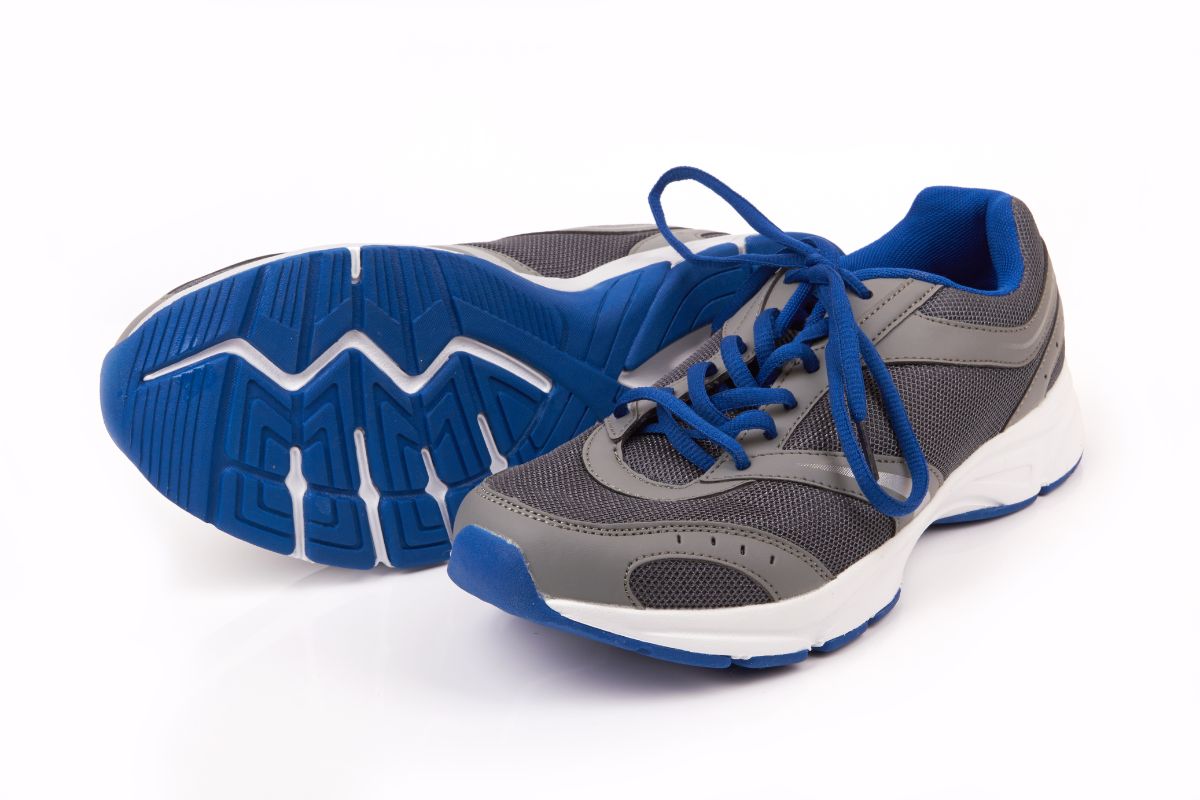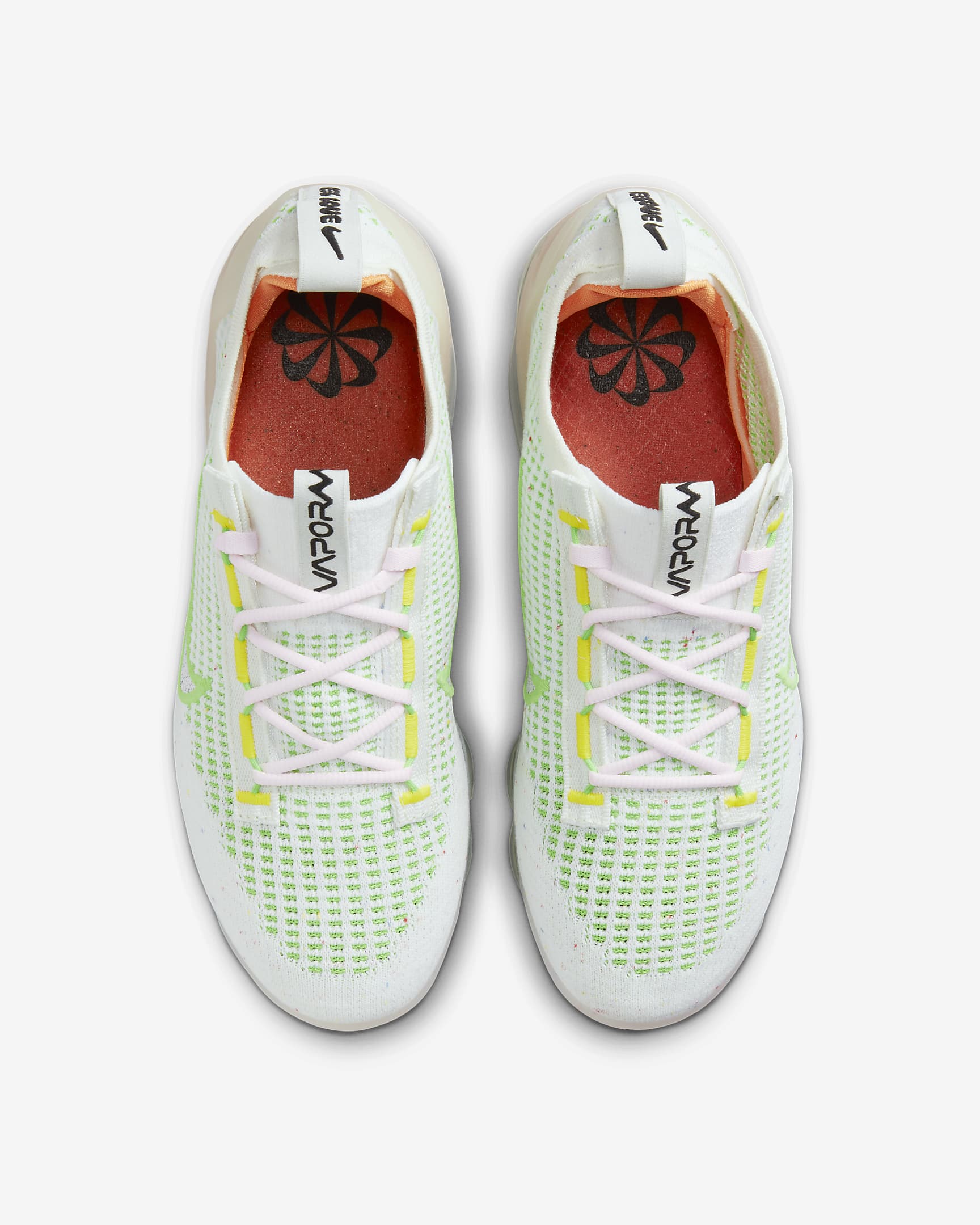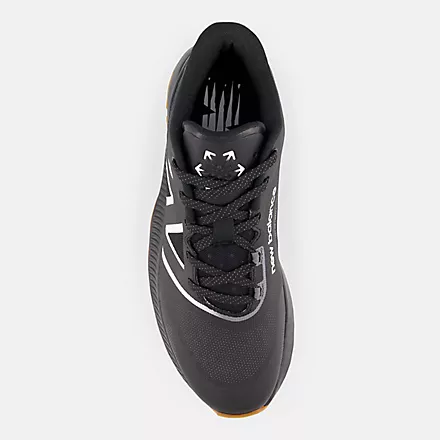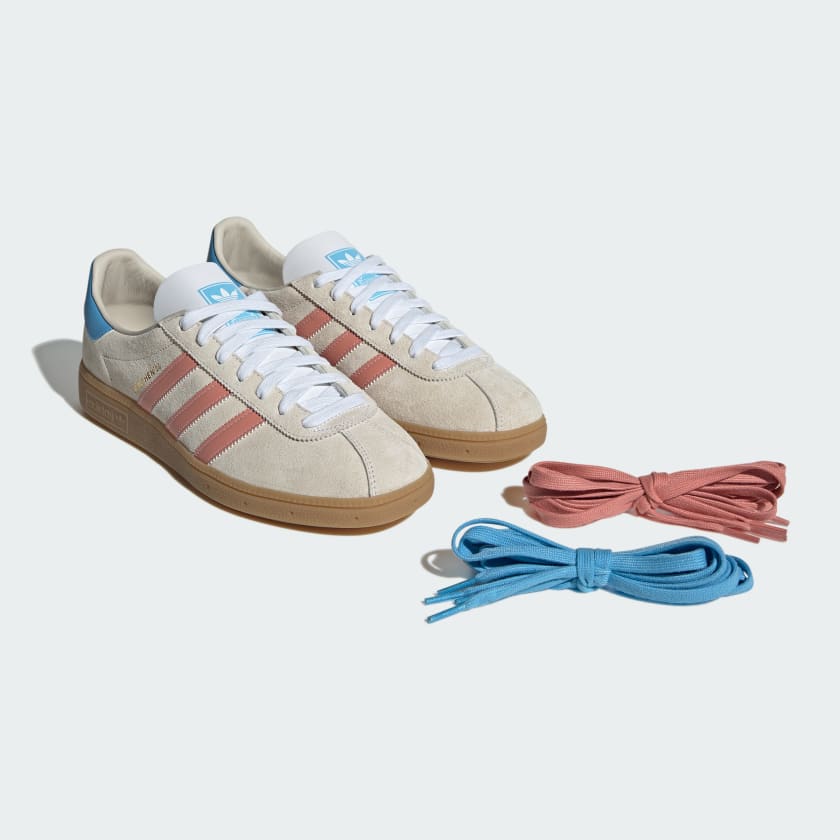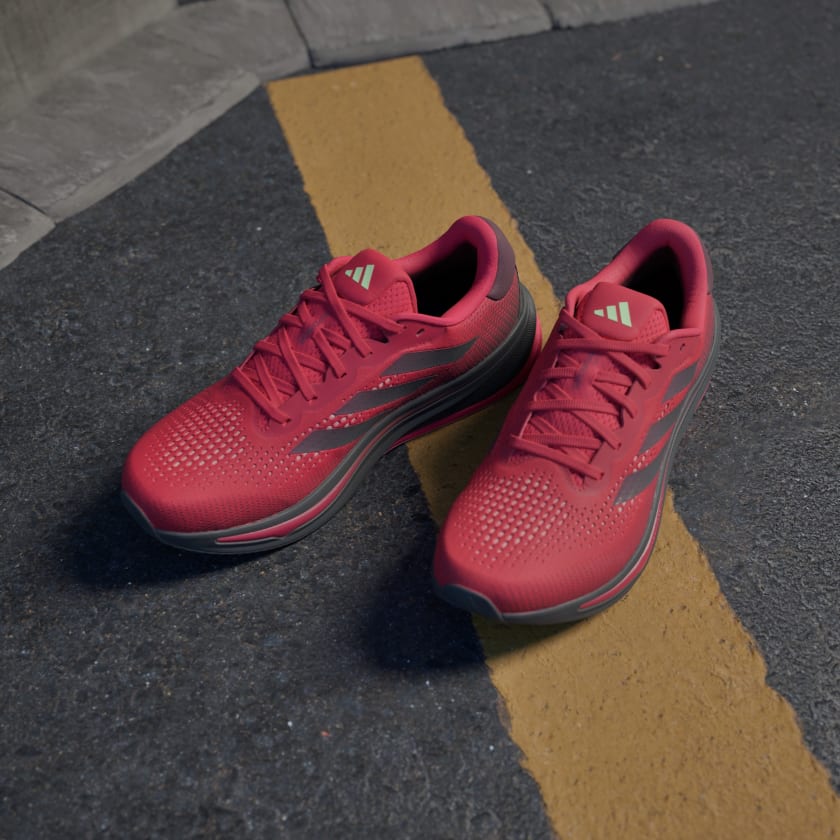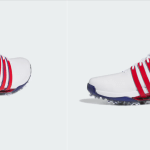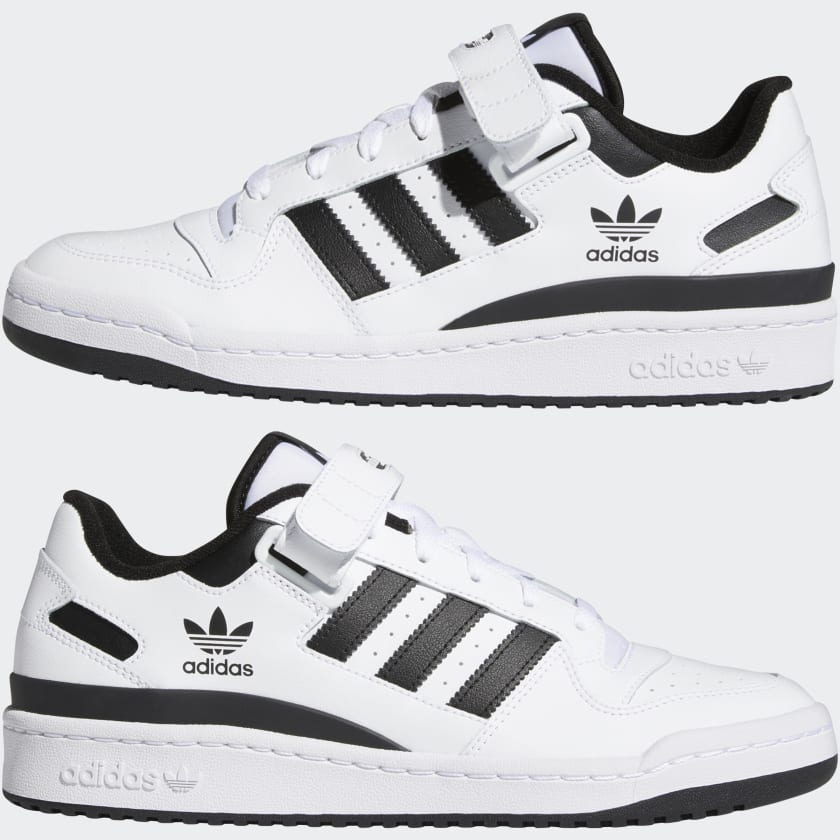Have you ever wondered if you can use your trusty trail running shoes at the gym? Well, wonder no more! In this article, we will explore the versatility of trail running shoes and whether they are suitable for your gym workouts.
From their superior traction to their durable construction, you may be surprised to learn just how well these shoes can perform in the indoor setting. So lace up your shoes and get ready to hit the gym with confidence!
Can I Use Trail Running Shoes In The Gym
If you’re an avid runner who loves hitting the trails, you may be wondering if it’s possible to use your trusty trail running shoes in the gym. After all, these shoes are specifically designed to conquer rugged terrains and provide stability and traction. The good news is, you can certainly use trail running shoes in the gym!
In this article, we will explore the features and benefits of trail running shoes, discuss the requirements for gym shoes, weigh the advantages and disadvantages of using trail running shoes in the gym, explore alternative options, and provide some useful tips for using and maintaining your trail running shoes.
Understanding Trail Running Shoes
Before we dive into the specifics of using trail running shoes in the gym, it’s important to understand what makes these shoes unique. Trail running shoes are designed to handle the challenges of off-road running. They are typically sturdier than regular running shoes and incorporate features such as aggressive outsoles, protective toe caps, and durable uppers to provide the necessary support and protection on uneven terrains.
Trail Running Shoe Features
One of the key features of trail running shoes is their aggressive and grippy outsoles. These outsoles are often made of specialized rubber compounds with lug patterns that are designed to provide excellent traction on various surfaces, including loose gravel, mud, and slippery rocks. Additionally, trail running shoes often have reinforced toe caps to protect your feet from accidental impacts with rocks or roots, and some models even have built-in rock plates to prevent bruising from sharp objects on the trail.
Benefits of Trail Running Shoes
Trail running shoes offer several benefits that make them an excellent choice for gym workouts as well. The first benefit is their versatility. Unlike specialized gym shoes, trail running shoes can be used for a wide range of activities both indoors and outdoors. Whether you’re running on the treadmill, lifting weights, or participating in a fitness class, trail running shoes can handle it all.
Another major advantage of trail running shoes is the traction they provide. The grippy outsoles of these shoes ensure that you have a solid grip on the gym floor, reducing the risk of slips and falls. Furthermore, the durability of trail running shoes means that they can withstand the demands of high-intensity workouts without wearing out quickly.
Gym Shoe Requirements
When considering whether trail running shoes are suitable for the gym, it’s important to take into account the specific requirements of gym shoes. Here are a few key factors to consider:
Indoor Flooring Considerations
Most gyms have a variety of flooring surfaces, including rubber, wood, and even carpet. Trail running shoes with their aggressive outsoles may not be ideal for wood or carpeted floors as they can leave marks or cause damage. However, if your gym predominantly has rubber flooring, then trail running shoes can be a suitable option.
Support and Stability
Proper support and stability are essential when it comes to gym workouts. While trail running shoes do provide support, they may not have the same level of stability as specialized gym shoes. Gym shoes often have features like enhanced arch support and a lower heel-to-toe drop, which can offer better stability during weightlifting or other strength training exercises.
Comfort and Cushioning
Comfort is crucial when you’re spending hours in the gym. While trail running shoes are generally comfortable, they may not offer the same level of cushioning as dedicated gym shoes. Gym shoes often have additional padding in the midsole, which helps absorb shock and provides extra comfort during high-impact activities like jumping or running on the treadmill.
Advantages of Using Trail Running Shoes in the Gym
Now that we have discussed the features and requirements of gym shoes, let’s explore the advantages of using trail running shoes in the gym.
Versatility
One of the biggest advantages of using trail running shoes in the gym is their versatility. These shoes are designed to handle a wide range of terrains and activities, making them suitable for all types of workouts. Whether you’re lifting weights, doing cardio, or participating in a group fitness class, trail running shoes can provide the necessary support and protection.
Traction
Trail running shoes are known for their exceptional traction. This feature can be particularly beneficial in the gym, where you encounter various surfaces, some of which can be slippery. The grippy outsoles of trail running shoes will ensure that you stay firmly planted on the ground, allowing you to focus on your workouts without worrying about accidental slips or falls.
Durability
Trail running shoes are built to withstand the elements and the rigors of off-road running. This durability translates well to gym workouts. Unlike regular gym shoes that may wear out quickly, trail running shoes are designed to last. They can handle the demands of intense workouts, providing you with long-lasting performance and value for your money.
Disadvantages of Using Trail Running Shoes in the Gym
While trail running shoes offer many advantages for gym workouts, there are a few disadvantages to consider as well.
Lack of Specialized Features
Trail running shoes are not specifically designed for gym workouts. They lack some of the specialized features found in dedicated gym shoes, such as enhanced arch support or extra cushioning. Depending on your individual needs and workout routine, you may find that trail running shoes do not provide the same level of comfort and support as gym shoes.
Weight and Bulkiness
Trail running shoes tend to be heavier and bulkier than regular running shoes. This can be a disadvantage for certain types of exercises that require quick and agile movements, such as plyometrics or agility drills. The additional weight and bulk of trail running shoes may hinder your performance in such activities.
Alternatives to Trail Running Shoes in the Gym
If you find that trail running shoes are not the best fit for your gym workouts, don’t worry! There are several alternative options you can consider:
Cross-training Shoes
Cross-training shoes are specially designed for multidirectional movements and offer the versatility required for various types of workouts. These shoes provide a balance of support, cushioning, and stability, making them a great choice for gym activities that involve a combination of cardio, strength training, and agility exercises.
Minimalist Running Shoes
If you prefer a more minimalistic shoe with a natural feel, minimalist running shoes can be a good option for gym workouts. These shoes typically have a low-profile design and offer a barefoot-like experience while still providing some cushioning and support. However, it’s important to note that minimalist shoes may take some time to adjust to, especially if you’re used to more traditional running shoes.
Weightlifting Shoes
If weightlifting is a significant part of your gym routine, investing in a pair of weightlifting shoes might be beneficial. These shoes are specifically designed to provide stability and support during heavy lifts. They feature a raised heel and a firm sole, which helps optimize your positioning and improve lifting technique.
Tips for Using Trail Running Shoes in the Gym
If you’ve decided to give trail running shoes a try in the gym, here are some tips to help you make the most of your experience:
Check Gym Policies
Before using trail running shoes in the gym, check with the gym’s policies regarding footwear. Some gyms may have specific rules or restrictions on the types of shoes allowed on their premises.
Evaluate Your Workout Routine
Consider the specific activities you engage in during your gym workouts. Are you primarily focusing on cardio, strength training, or a combination of both? Assessing your routine will help you determine if trail running shoes can adequately support your needs.
Keep the Shoes Clean and Dry
Proper maintenance is essential to ensure the longevity of your trail running shoes. After each gym session, make sure to clean off any dirt or debris from the outsoles and uppers. It’s also important to allow the shoes to dry completely before storing them to prevent odors and fungal growth.
Proper Maintenance of Trail Running Shoes
Taking care of your trail running shoes will help extend their lifespan and ensure optimal performance. Here are a few maintenance tips to keep in mind:
Cleaning and Washing
Regularly clean your trail running shoes to remove dirt, mud, and sweat. Use a soft brush or toothbrush to gently scrub off any debris from the outsoles. For the uppers, remove the laces and hand wash them with mild detergent. Avoid machine washing as it can damage the shoes.
Storage and Drying
Always store your trail running shoes in a cool, dry place away from direct sunlight. Avoid folding or crushing them to maintain their shape. After each workout, remove the insoles and allow the shoes to air dry naturally. Stuffing them with newspaper can help absorb moisture and speed up the drying process.
Replacing Worn-out Shoes
Even the most durable trail running shoes will eventually wear out. Pay attention to the condition of the outsoles, midsoles, and uppers. If you notice significant wear or damage, it’s time to replace your shoes. Continuing to use worn-out shoes can lead to discomfort, reduced support, and increased risk of injury.
Final Thoughts
Using trail running shoes in the gym can be a convenient and practical option, especially if you enjoy the versatility, traction, and durability they offer. However, it’s important to consider your specific gym activities and requirements to determine if trail running shoes are the best fit for your needs. If they don’t meet your expectations, don’t hesitate to explore alternative options such as cross-training shoes, minimalist running shoes, or weightlifting shoes. Remember to properly maintain your trail running shoes to keep them in top condition and enjoy many comfortable and successful gym workouts ahead!
